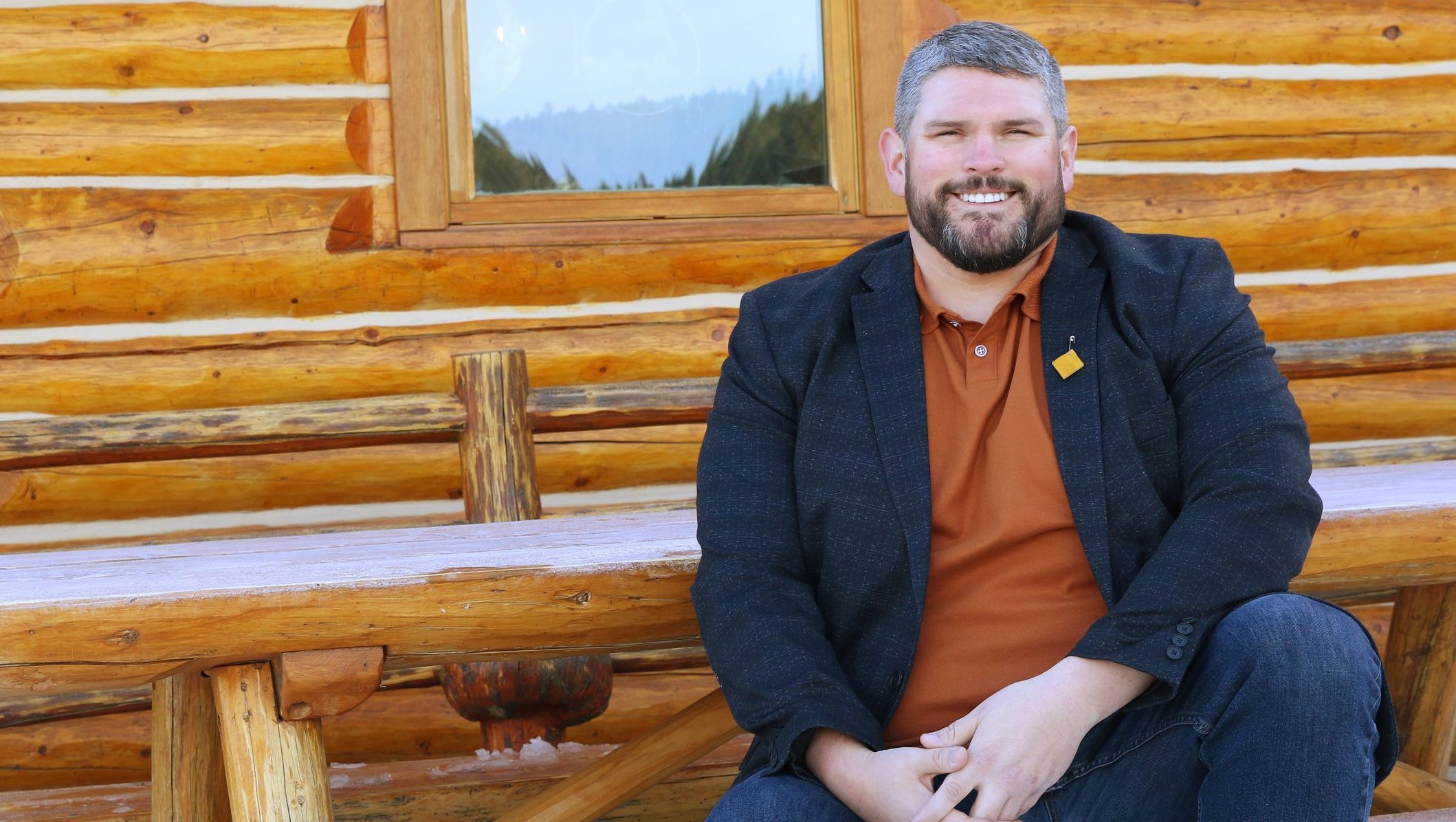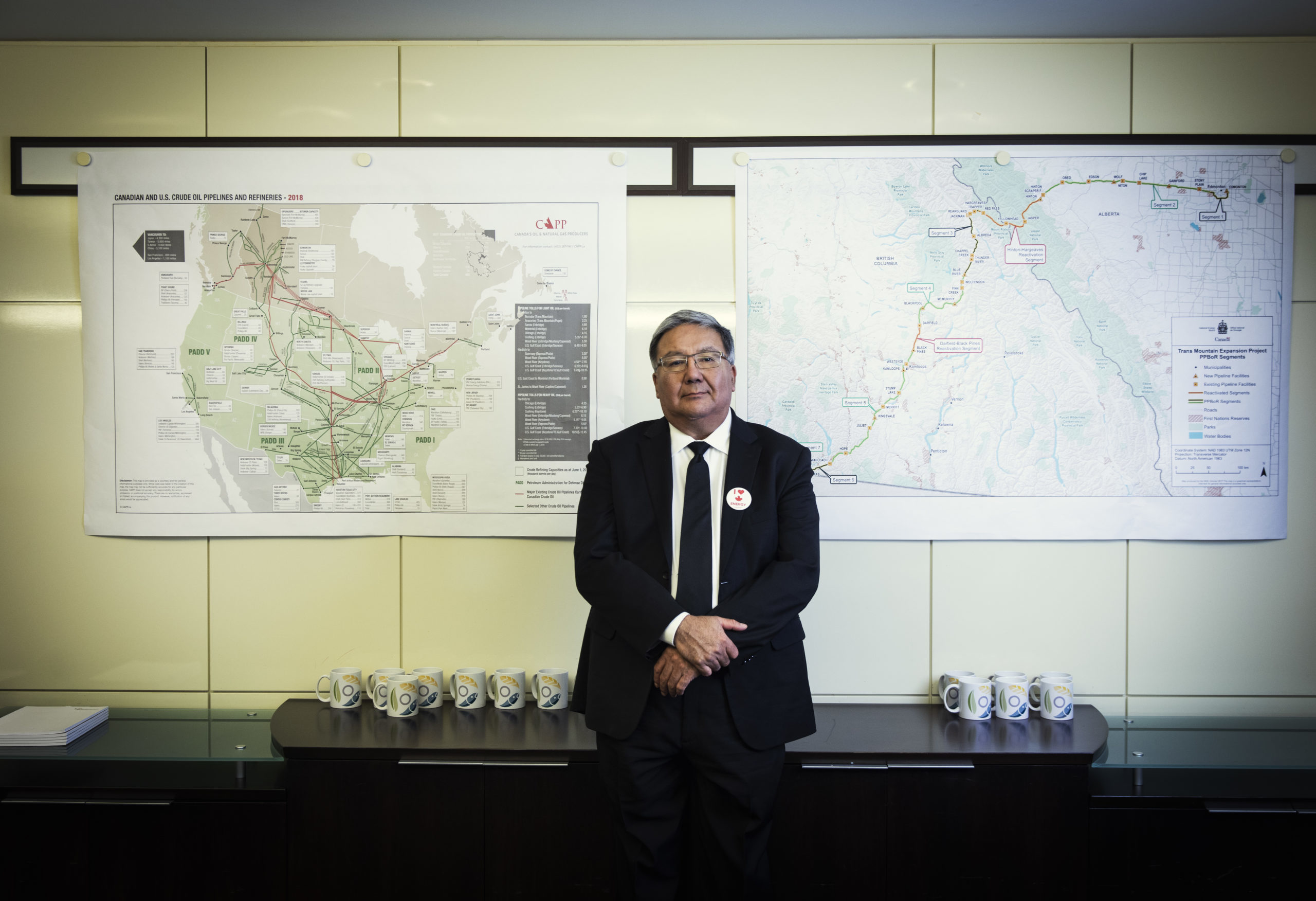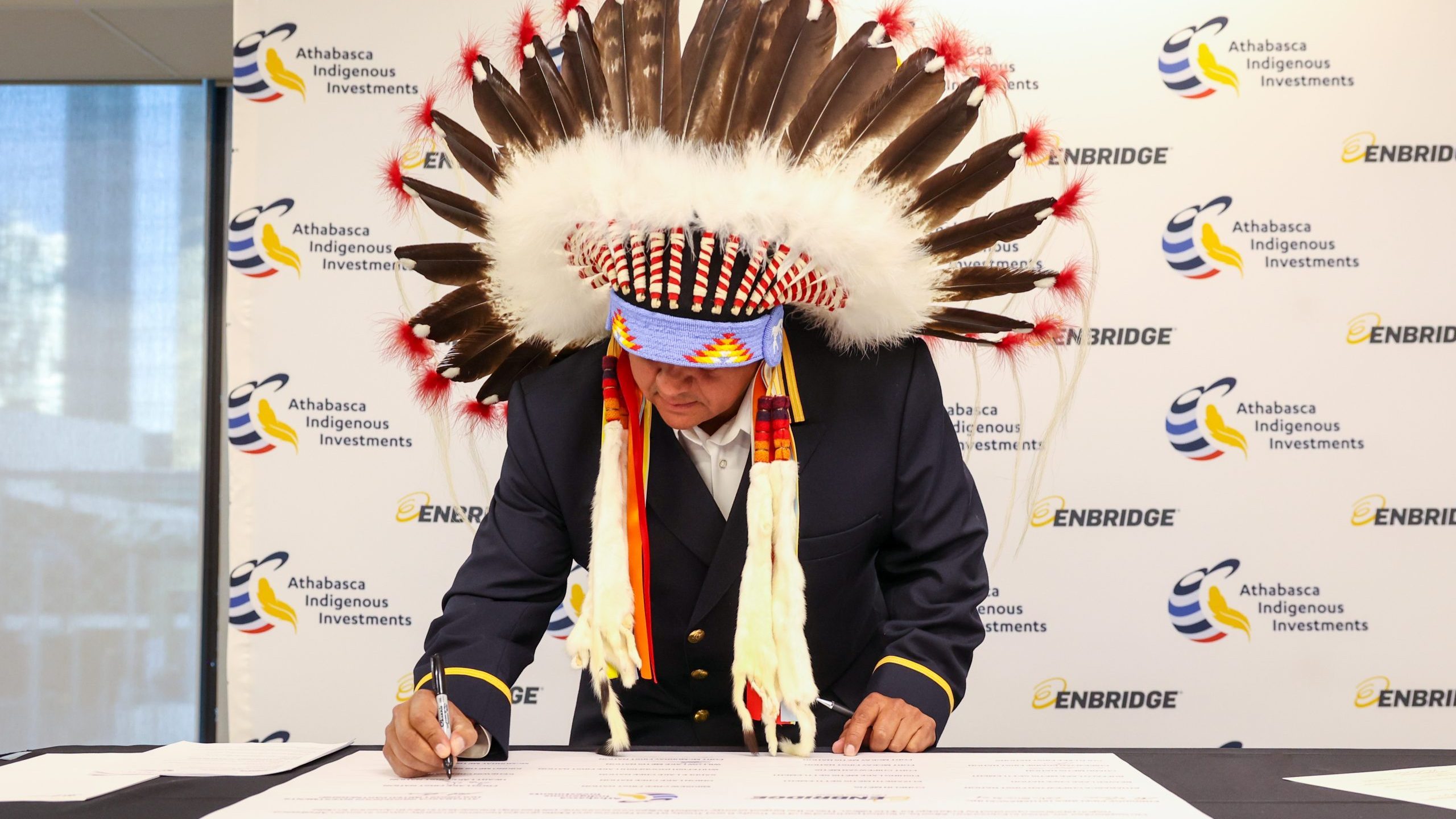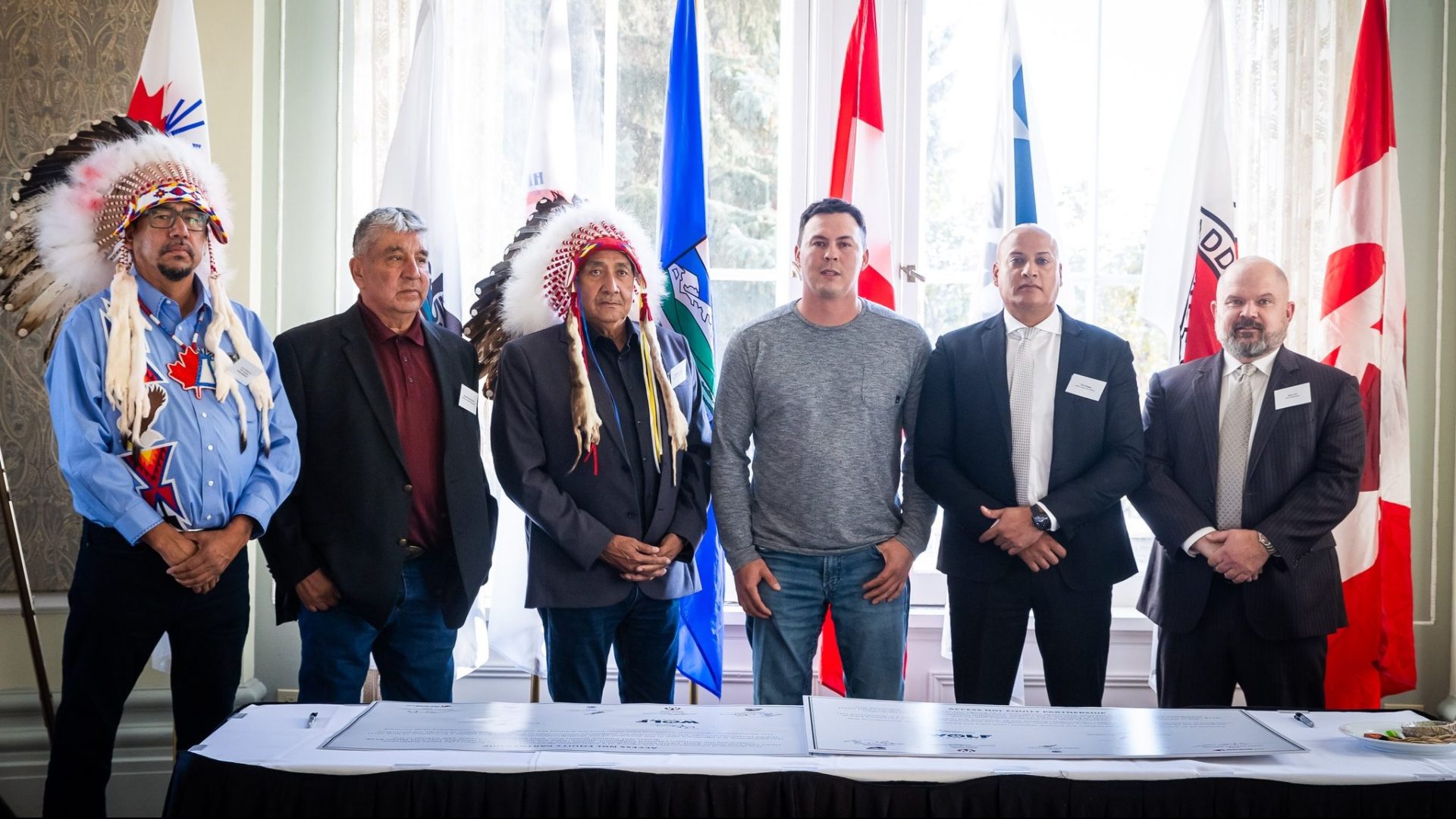When John Desjarlais reflects on 2023, he admits he had feared a growing national tide of Indigenous investment in key energy projects was due to hit a speedbump.
Instead, as a new year approaches, the executive director of the Indigenous Resource Network (IRN) says any doubts have been replaced by optimism that the positive momentum of the last few years will flow into 2024.
“I’m feeling more optimistic now. I’m pleased to see the level of conversation being had with Indigenous leaders,” he said.
“I think there is growing opportunity for Indigenous participation across entire value chains, for board and executive positions, and more meaningful involvement. I think we’re really going to see the needle move in 2024.”

Despite the year’s slow start, Desjarlais said 2023 became something of a bellwether for how the rest of the world views the involvement of First Nations and Métis in Canada’s oil and gas industry.
In April, Desjarlais joined a delegation of Indigenous leaders in Ottawa to meet face-to-face with diplomats from some of the world’s strongest economies. Joined by Haisla Nation Chief Councillor Crystal Smith, First Nations LNG Alliance CEO Karen Ogen and former Enoch Cree First Nation chief Billy Morin, the delegation quickly learned not only was there an appetite for Canadian energy, but for Indigenous knowledge and participation on the critical file.
“Every official had a real desire to really understand Indigenous sentiment around resource development. There was a sincere desire to learn from our perspective,” Desjarlais told the CEC following the meetings with representatives from G7 allies Germany, France, Japan and the United States, as well as Poland and India.
However, while potential international energy partners are intrigued by the potential of relationships with Indigenous energy suppliers, a significant hurdle remains – the need for a national loan guarantee program that would empower more Indigenous ownership in community-transforming projects, particularly oil and gas.
Dale Swampy, president of the National Coalition of Chiefs, is a veteran in the fight for First Nations and Métis to fully benefit from critical resources to directly benefit communities. And he is hopeful there is growing recognition in Ottawa that enabling self-determination is an effective and enduring pathway to prosperity.
“The only way to defeat on-reserve poverty is to create ways to employ people,” he said.
“And the only industry that gives us this opportunity is the natural resources industry.”
Alberta has been a leader in helping open doors to indigenous ownership of major resource projects, launching the Alberta Indigenous Opportunities Corporation (AIOC) in 2019. As the year came to a close, the AIOC announced two more major deals, which will see the total investment backed by the fund to date reach more than $680 million, directly impacting 42 Indigenous groups.

In what marks the second-largest loan guarantee backed by the provincial corporation, 12 Indigenous communities will invest $150 million to obtain 85 per cent ownership in oil and gas midstream infrastructure in the Marten Hills and Nipisi areas of the Clearwater play in Northern Alberta.
While the ink was still drying, two days later another deal saw five First Nations in northwestern Alberta enter into a $20.5 million partnership with NuVista Energy Ltd. for majority ownership of an emissions-reducing cogeneration unit at the Wembley gas plant in the County of Grande Prairie.
The AIOC’s success saw the Alberta government increase its loan guarantee capacity to $2 billion this year, and it’s set to increase it further to $3 billion for the 2024-2025 fiscal year.
Desjarlais’ IRN spent most of 2023 advocating for a federal version of the AIOC, to emulate its success at the national level.

In its fall financial update, the federal government announced it would unveil a new Indigenous loan guarantee program when it sets its 2024 budget this spring. But there has been no commitment to include oil and gas projects as part of the program.
Desjarlais said the fact a program has been promised is a good first step – now Indigenous leaders need to convince the federal government that imposing restrictions will only impede economic reconciliation.
“It looks like there is a program coming but we have to take a look at the exclusions,” he said.
“What we really want to see is less paternalism. Things are starting to work but self-determination is the ultimate goal.”
Desjarlais said the last few years have seen significant progress when it comes to Indigenous involvement in resource projects.
On the west coast, Indigenous-owned Cedar LNG and Ksi Lisims LNG will be at the vanguard of Canada’s first significant foray into exporting the in-demand fuel for customers in Asia. While several Indigenous communities across western Canada are investing in critical infrastructure like pipelines and carbon capture and storage projects.
For Swampy, that progress is long overdue. And it’s becoming increasingly clear that Indigenous communities no longer want to be reliant on government supports – they want to take control of their own destinies.
“They want to take part in the prosperity that comes with oil and gas, and they want to own it,” he said.
“All we ask is that we be involved when it comes to the question about land and resources. We don’t want to just be part of these consultations, we want to lead projects.”
The unaltered reproduction of this content is free of charge with attribution to Canadian Energy Centre Ltd.
